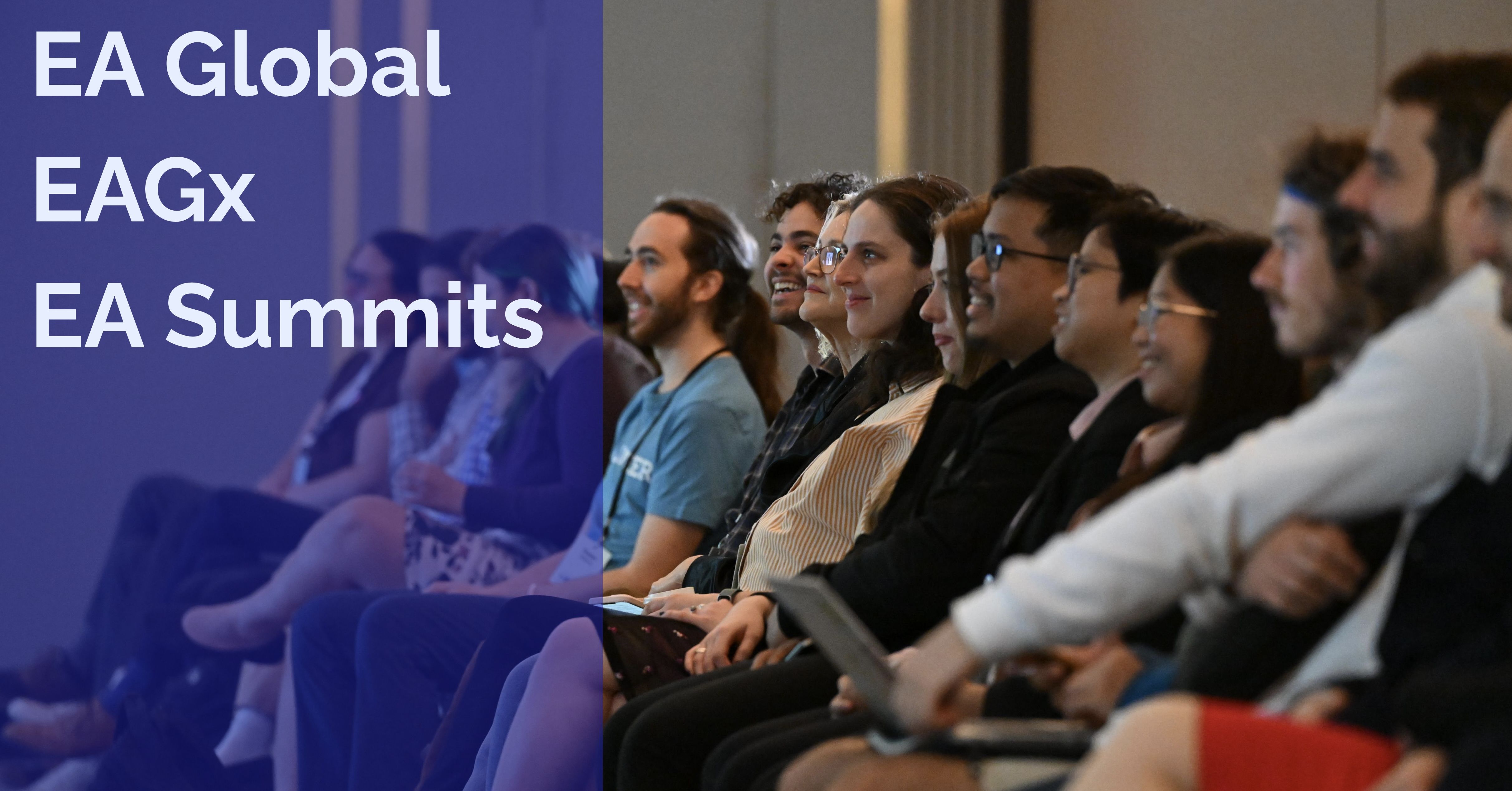I wrote this originally as part of a discussion on my Earning to Save post, but I think it was important to be more easily linkable, in a broader context. I was motivated to turn it into a full post due to the recent post on how competitive positions at established EA orgs are.
My impression is that EA is talent constrained, management constrained, and mentorship constrained. Overall: network constrained.
My impression is also that it is generally higher impact for EAs to do things other than "earn to give", but it is a much less straightforward path that you might naively be thinking. (Because it is unstraightforward, I recommend people start by Saving 10% and Giving 1%, and then transitioning into other paths after gathering more information)
I think the issues getting into EA Direct Work has less do with how skilled you need to be, and more to do with limitations in network bandwidth.
There is some agentiness needed to get involved, but a) I think agency is a learnable skill, b) the amount required is less than you might think.
If you can successfully get yourself into the EA network, then you can be aware of early stage projects forming. Early stage projects need a variety of skills, and just being median-competent is often enough to get them off the ground. Most projects need a website and an ops person (ideally, a programmer who uses their power to automate ops). They often need board members and people to sit in boring meetings, handle taxes and bureaucracy.
I think this is quite achievable for the median EA.
Early stage orgs often have neither money, or time for an extensive hiring project – people just start working together with people they know. The bottleneck is more on people knowing each other than particular skills.
But, new projects and orgs also increase the surface area of EA, adding more places for newcomers to plug into. So if you can help a budding project grow into an institution, you're not just doing direct work, you're helping the overall community scale.
These jobs are lower pay, sure. But that's precisely why I think Earn-to-Save is important.
This is still a bit rate limited, and couldn't handle an influx of thousands of people. But I think it can handle more than it currently does. And it's definitely not because people aren't "top-half-of-oxford" talented.
Meanwhile, although "being agenty enough to found a project yourself" is fairly hard, it's learnable.
The path to learning it is a bit circuitous and doesn't necessarily fit directly into EA. But I think most EAs would benefit from taking on a complex project that forces them to grow, learning "hustle" and "networking", etc. This works best when it's a project you already are excited about (doesn't matter much if it's EA related), so it doesn't feel like you're making a sacrifice so much as just exploring something new and cool.
I don't think people know if they can be agenty until they try, and I currently think it's a better default-path for aspiring EAs to go something like:
- Start donating a bit as a credible signal
- Build up runway
- Do some projects in your spare time, practice thinking seriously about EA, and try a few things to see if some of the direct work stuff is a good fit for you.
- Depending on how the previous bit goes, do one of:
- try a low-medium risk plan that could move you into a higher impact path, but fails gracefully (i.e. move to an EA hub for a regular job you'll enjoy, but then explore the network there and see if you can transition)
- try a high risk plan if you're feeling ambitious
- or, just try to move into the most lucrative version of whatever your default career was going to be anyway, if the above 2 options don't make sense for you.
All three of which benefit from having enough runway to quit your current job.




Has this post happened anywhere?